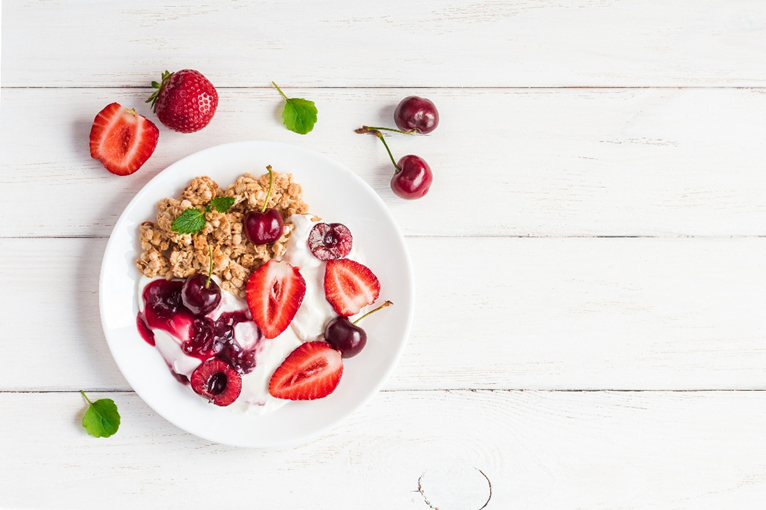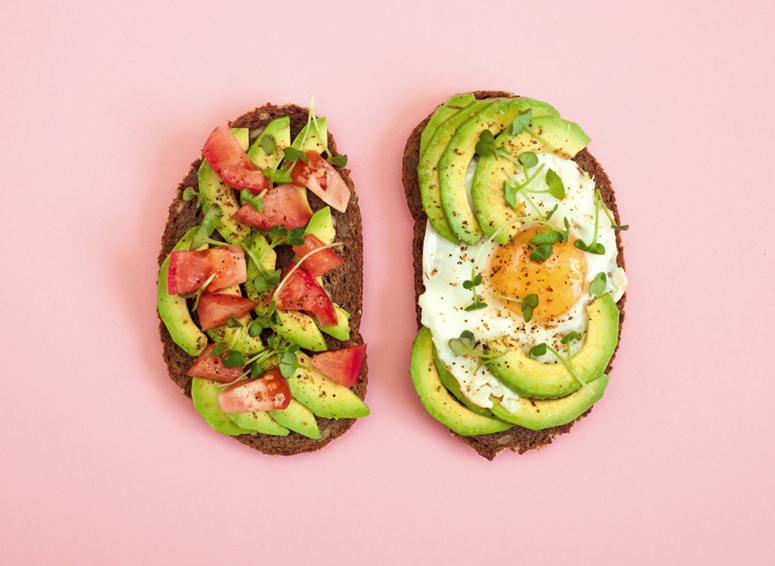Train Your Tastebuds to Enjoy Healthier Food
As a young girl, I vividly remember watching my mom struggle to get my sisters and me to eat certain vegetables. The sight of a plate of steamed broccoli would evoke dramatic reactions from my younger sister, and my older sister had such a severe gag reflex that even scrambled eggs were off-limits. These early experiences made me acutely aware of how difficult it could be to introduce new, healthier foods into our diets, especially when they didn’t align with our tastes or preferences. However, as I grew older and became a dietitian, I began to realize that there was an underlying principle to training our taste buds to adapt to healthier flavors that could actually be enjoyable.
Through my own experiences and professional training, I learned that taste preferences are not set in stone. In fact, we can reshape and train our taste buds to appreciate healthier, whole foods. The process may take time, but with patience, persistence, and some helpful strategies, you can gradually transform your palate and improve your overall health.

Understanding Taste and How It Can Change
Our sense of taste is influenced by several factors, including genetics, environment, and exposure. Taste is a complex sense that involves not just our mouth, but also our sense of smell (olfaction), as well as our past experiences with food. Research shows that our taste preferences can evolve over time, meaning that it is possible to retrain our taste buds.
Olfactory retraining and dietary choices are also shown to improve the sense of taste. Olfactory retraining, in particular, involves using specific scents to stimulate and heal the nerves that influence both taste and smell, which enhances our ability to enjoy foods. Also, the more we expose ourselves to healthier options and gradually reduce the intake of highly processed, salty, and sugary foods, the more we can adapt to these new and more nourishing flavors.
Here are some tips to help you train your taste buds to enjoy a healthier plate of food.
Reduce or Eliminate Unhealthy Ingredients
The first step in training your taste buds is to focus on reducing or eliminating unhealthy ingredients that you are used to eating, such as added sugars, excessive salt and saturated fats, and processed foods. Rather than making drastic changes overnight, which can be overwhelming and difficult to sustain, gradual reduction is more effective.
- Start with One Goal: Focus on reducing one unhealthy ingredient at a time. For example, you might choose to tackle added sugar first by cutting back on sugary drinks and processed snacks. Once you've made progress in this area, you can move on to reducing your salt intake.
- Scale Back: Slowly reduce the amount of sugar, salt, and processed foods in your diet. If you're used to adding sugar to your morning coffee, try cutting back by a teaspoon at a time until you no longer feel the need for added sweetness. Similarly, decrease the amount of salt you use in cooking, allowing your taste buds to become more sensitive to the natural flavors in foods.
- Replace, Don’t Just Eliminate: While it's essential to reduce or eliminate unhealthy foods, it’s equally important to replace them with healthier alternatives. For example, if you’re used to eating sugary snacks, try swapping them out for fresh fruits, which provide natural sweetness. Instead of processed snacks like chips, try air-popped popcorn or unsalted nuts. By replacing unhealthy foods with nutritious options, you can ensure that your meals are still satisfying.
Introduce Healthy Foods Gradually
When it comes to introducing healthier foods, patience is key. Your taste buds may initially resist unfamiliar or less flavorful options, but over time, with repeated exposure, you can train them to accept and even enjoy these foods.
- Start with Familiar Flavors: Begin by pairing new healthy foods with flavors you already enjoy. For instance, if you're not a fan of spinach, try adding it to a smoothie with fruits you already like. Gradually, the taste of spinach will become more familiar and palatable.
- Experiment with Textures: Texture plays a significant role in how we perceive food. If you dislike the texture of a particular vegetable or healthy food, try different cooking methods to see which one works best for you. Roasting vegetables, for instance, can bring out their natural sweetness and enhance their flavor. Similarly, stir-frying or grilling can give your food a crispy, satisfying texture that might be more appealing than steamed or boiled vegetables.
- Try New Foods Repeatedly: It’s essential to remember that taste preferences don’t change overnight. It can take multiple exposures (sometimes as many as 10-15 times) to develop a liking for new food. So, don’t give up after one or two tries, persistently introducing healthy foods into your diet will eventually lead to a change in your taste preferences.
- Be Patient and Persistent: Changing your taste preferences is a gradual process. It’s normal to experience resistance at first, but don’t be discouraged. As your taste buds adapt, you’ll start to notice that the flavors of healthier foods become more enjoyable.

Enhance the Flavors of Healthy Foods
If you find that healthy foods are lacking in flavor, there are numerous ways to enhance their taste without resorting to added sugar or salt.
- Use Herbs and Spices: One of the easiest ways to add flavor to healthy foods is by using herbs and spices. Fresh herbs like basil, cilantro, and parsley can brighten up a dish, while spices such as cinnamon, turmeric, and chili powder can introduce delicious, bold flavors. Citrus, such as lemon or lime, can also add a refreshing flavor to your meals.
- Experiment with Cooking Methods: Different cooking methods can bring out the natural flavors of foods in different ways. Roasting vegetables, for example, caramelizes their natural sugars and enhances their flavor. Grilling can provide a smoky taste, while steaming can preserve delicate flavors. Try experimenting with different methods to find the one that best brings out the natural flavor of your food.
- Add Healthy Toppings: If you’re looking to add a bit more texture or flavor to a dish, try using healthy toppings. Toasted nuts, seeds, or avocado slices can provide a satisfying crunch, while homemade dressings and sauces made from ingredients like olive oil, vinegar, and mustard can add a tangy or savory kick.
- Focus on Fresh Ingredients: Fresh, whole foods tend to have more natural flavor than processed foods, which are often loaded with preservatives and artificial ingredients. Incorporating fresh produce into your meals will allow you to experience the full range of natural flavors that these foods have to offer.
Training your taste buds to enjoy healthier foods is not an overnight transformation, but with gradual changes, persistence, and patience, it’s entirely possible. By reducing your intake of processed foods, gradually introducing new, healthier options, experimenting with different flavors and textures, and practicing mindful eating, you can retrain your taste buds to appreciate the natural flavors of whole, nutritious foods. Remember, small steps can lead to lasting change, and in the end, you’ll not only improve your health but also develop a deeper appreciation for the flavors of wholesome, nourishing foods.
Seattle Sutton’s Healthy Eating trains your taste buds to enjoy healthy foods by offering a variety of meals made with fresh, whole ingredients. These natural ingredients enhance the authentic flavors of food, making each meal more enjoyable. By incorporating this approach into your diet, you’ll develop a deeper appreciation for the richness of wholesome, nourishing foods.








 Weight Loss
Weight Loss Health & Wellness
Health & Wellness Diabetes
Diabetes Heart Health
Heart Health Motherhood & Family
Motherhood & Family Dietary Restriction
Dietary Restriction Other Health Conditions
Other Health Conditions About SSHE
About SSHE

